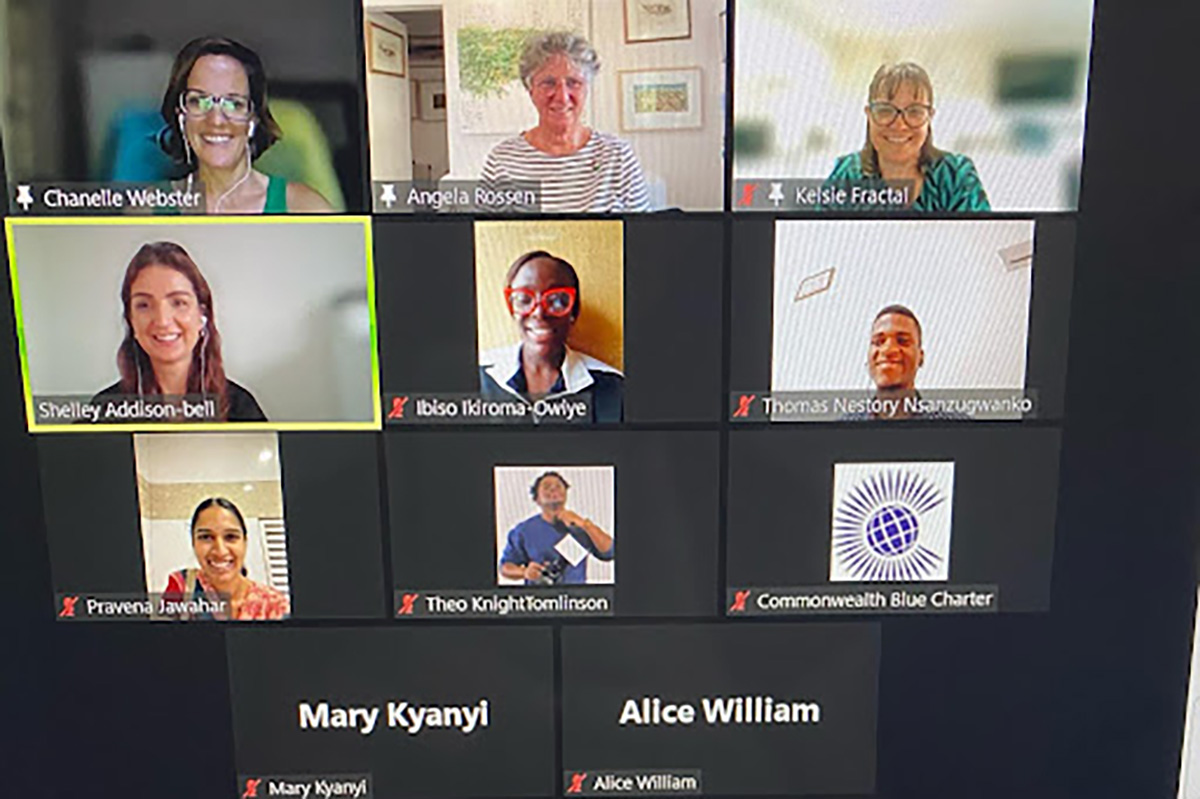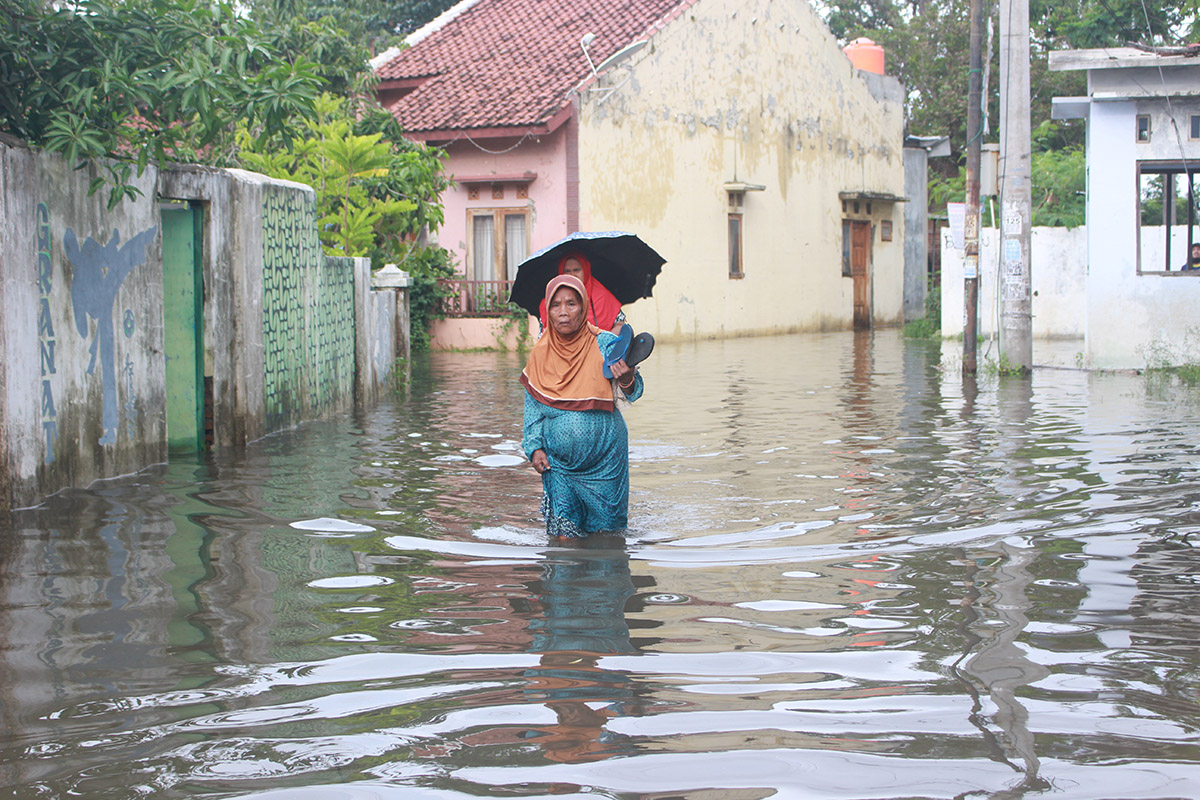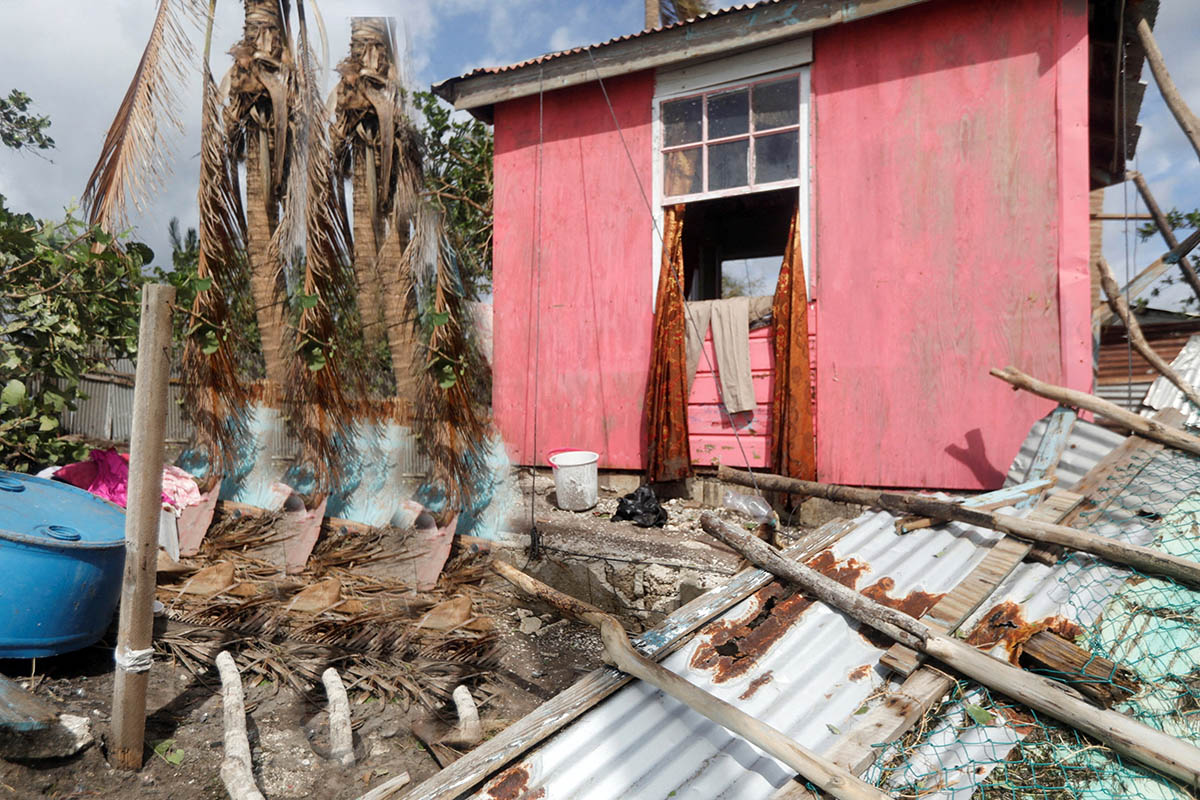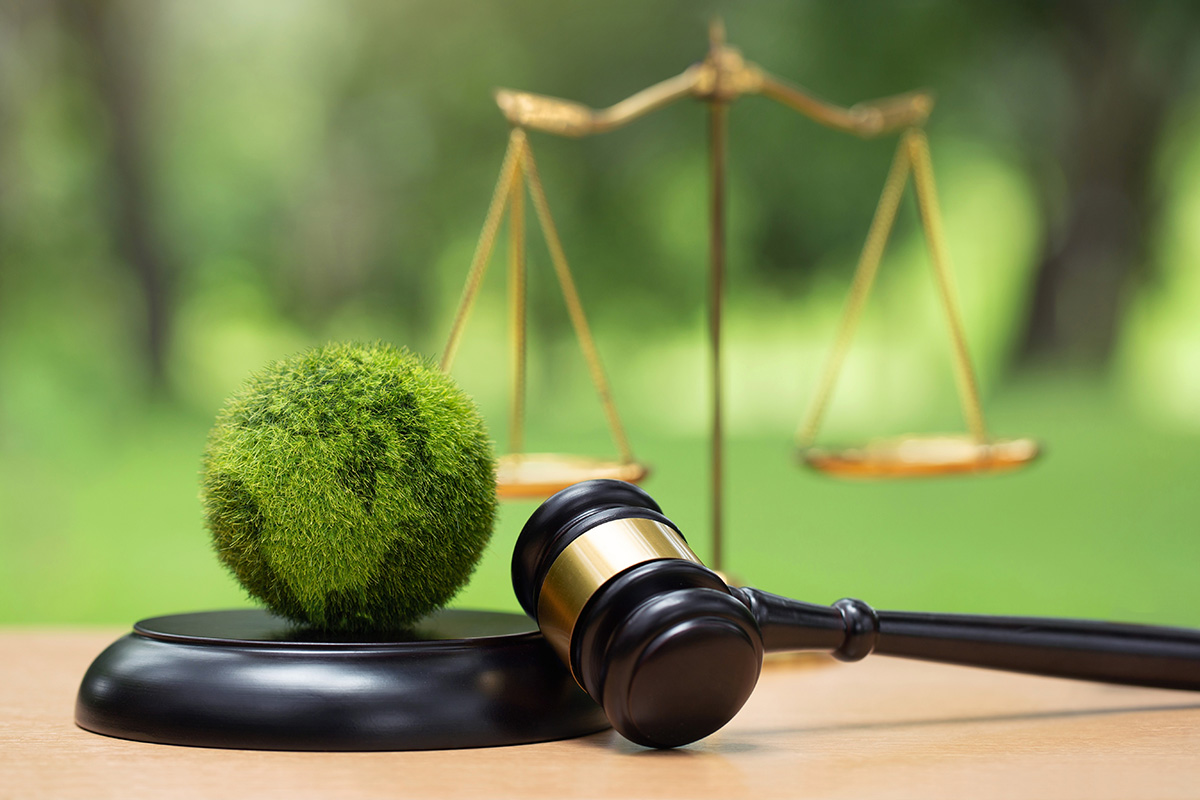Celebrating World Seagrass Day: Sustaining Our Oceans for Future Generations
April 22by Shelley Addison-bell, Ocean Youth Working Group Communications and Brand Lead
Photo source: Shelley Addison-bell (Author)
The world’s oceans are filled with life, from vibrant coral reefs to shallow shores. Beneath its surface is a crucial hero of marine ecosystems: seagrass. For World Seagrass Day, on March 1, we came together to recognize the vital role of these often-overlooked plants in sustaining our oceans and combating climate change.
Organised by the Ocean Youth Working Group of the Commonwealth Youth Climate Change Network, this year’s World Seagrass Day was celebrated with an online webinar “Sustaining Our Oceans, Combating Climate Change.” The event panellists from across Australia talked about the importance of seagrass ecosystems and the urgent need for conservation and restoration efforts.
Seagrasses are marine plants often noticed in local shallow coastal waters as green patches covering the ocean floor. Seagrasses play a crucial role in marine biodiversity, acting as nurseries for juvenile fish, providing habitat for a myriad of marine species, and stabilising sediments to prevent coastal erosion. They also have carbon sequestration capabilities, helping to mitigate the impacts of climate change by absorbing carbon dioxide from the atmosphere.
The webinar started with a welcome, and a message about the purpose of World Seagrass Day in raising awareness and calling for collective action to protect these ecosystems. Panellists Chanelle Webster, Kelsie Fractal, and Angela Rossen, each expert in their respective fields, spoke about various aspects of seagrass ecology, restoration, and conservation.
Dr Chanelle Webster, a Postdoctoral Research Fellow at the Centre for Marine Science and Innovation at UNSW Sydney, provided valuable insights into the threats facing seagrass ecosystems. She highlighted the dual challenges of climate change and human disturbances, stressing the need for concerted efforts to mitigate these impacts and safeguard seagrass habitats for future generations.
Kelsie Fractal talked about Tasmania’s first seagrass restoration trial conducted in partnership with OzFish and the University of Tasmania’s Institute for Marine and Antarctic Studies. By actively restoring seagrass meadows, these initiatives aim to bolster ecosystem resilience and promote biodiversity conservation in coastal regions.
Angela Rossen, an accomplished artist and biodiversity educator based in Western Australia, offered a unique perspective on the intersection of art and science in promoting ocean conservation. She has connected people to environmental stewardship through her artwork and educational community outreach programs.
A reminder to everyone that seagrass conservation is not solely the responsibility of scientists and policymakers but requires collective action from individuals, communities, and governments alike.
Monitoring and research initiatives play a crucial role in understanding the health of seagrass ecosystems and identifying strategies for their conservation. By harnessing the power of both scientific innovation and creative expression, we can engage diverse audiences and encourage support for seagrass conservation efforts worldwide.
As we reflect on the insights shared during World Seagrass Day, it is evident that when seagrass is healthy, the marine ecosystem is vibrant. By protecting and restoring these vital habitats, we not only safeguard marine biodiversity but also enhance the resilience of coastal communities in the face of climate change.
The Ocean Youth Working Group encourages everyone to join the conversation and take action to support seagrass conservation efforts. Whether through social media advocacy, community engagement, or participation in restoration projects, each of us has a role to play in preserving our oceans for future generations. Every effort, no matter how big or small, counts!
The webinar reminded us that each and every one of us can help protect seagrasses. The best way to start is by increasing our knowledge and understanding of the state of seagrass globally and in our respective countries. Only then can we identify how to best direct the needed help. It’s not just up to scientists and leaders—it’s up to all of us.
By working together and taking action, we can make sure seagrasses continue to flourish and allow for a better ocean, and we can have more hope for our futures.
You can watch the webinar here: https://www.youtube.com/watch?v=LcEzk2fvlM4
Join the Official Ocean Youth Working Group Whatsapp chat
To follow further discussions and updates on climate change, events, and opportunities, check out our social media pages:
LinkedIn, Instagram, Facebook, and X(Twitter)




